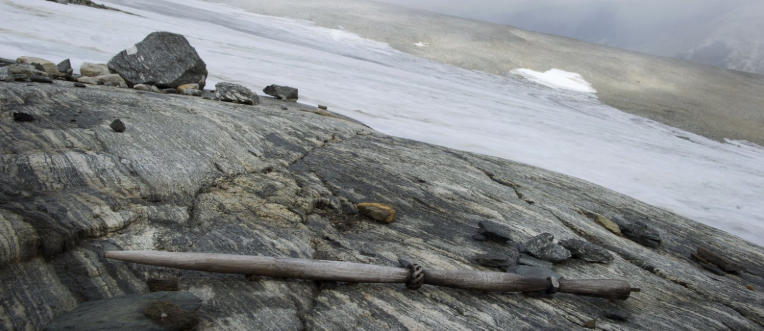The Geological History of Norway: A Journey Through Time
Norway is renowned for its stunning fjords, dramatic landscapes, and rich natural resources. Understanding the geological history of this Scandinavian nation not only enhances our appreciation of its beauty but also illuminates the substantial forces that shaped its unique terrain. This article will explore major geological events that have influenced Norway’s landscape and natural features.
The Age of the Earth: From Precambrian to Paleozoic
The geological story of Norway begins more than 3 billion years ago, during the Precambrian era. This period, which encompasses the formation of the Earth itself, saw the development of some of the oldest rocks found in Norway today. As tectonic plates shifted, these ancient landforms underwent significant transformations. The Paleozoic era followed, characterized by the emergence of marine life and the formation of vast sedimentary basins. The remnants of this era can still be seen in areas like the Oslo region, where limestone and shale deposits abound.
Mountain Building: The Caledonian Orogeny
One of the most significant events in Norway’s geological history is the Caledonian Orogeny, which occurred around 400 million years ago. During this extensive mountain-building period, the collision of tectonic plates led to the uplift of massive mountain ranges. The effects of this event can still be observed today in the rugged landscape of southern Norway. The mountains formed during this time are primarily composed of complex rock structures, including gneiss and schist. This period laid the groundwork for the stunning fjords and valleys we see in modern Norway.
The Ice Age and Its Lasting Impact
The most recent and perhaps most visually impactful chapter in Norway’s geological history is the last Ice Age, which peaked around 18,000 years ago. Thick ice sheets covered much of the land, sculpting the landscape into the dramatic fjords, glacial valleys, and unique rock formations we admire today. As the ice retreated, it left behind a series of lakes, moraines, and fertile plains that contribute to the country’s lush environment. Understanding this last significant transition helps explain why Norway is home to such extraordinary natural beauty, providing breathtaking vistas and ecological diversity.
Norway’s geological past is a fascinating tapestry woven by ancient events, tectonic movements, and climatic changes. Each epoch has contributed to the profound beauty and resources that define this striking land. If you’re intrigued by geology or simply want to better appreciate Norway’s natural wonders, consider diving deeper into its geological timelines and exploring the remarkably preserved features that draw millions of visitors each year. The story of Norway’s land is a testament to the forces of nature and an invitation to explore further.

